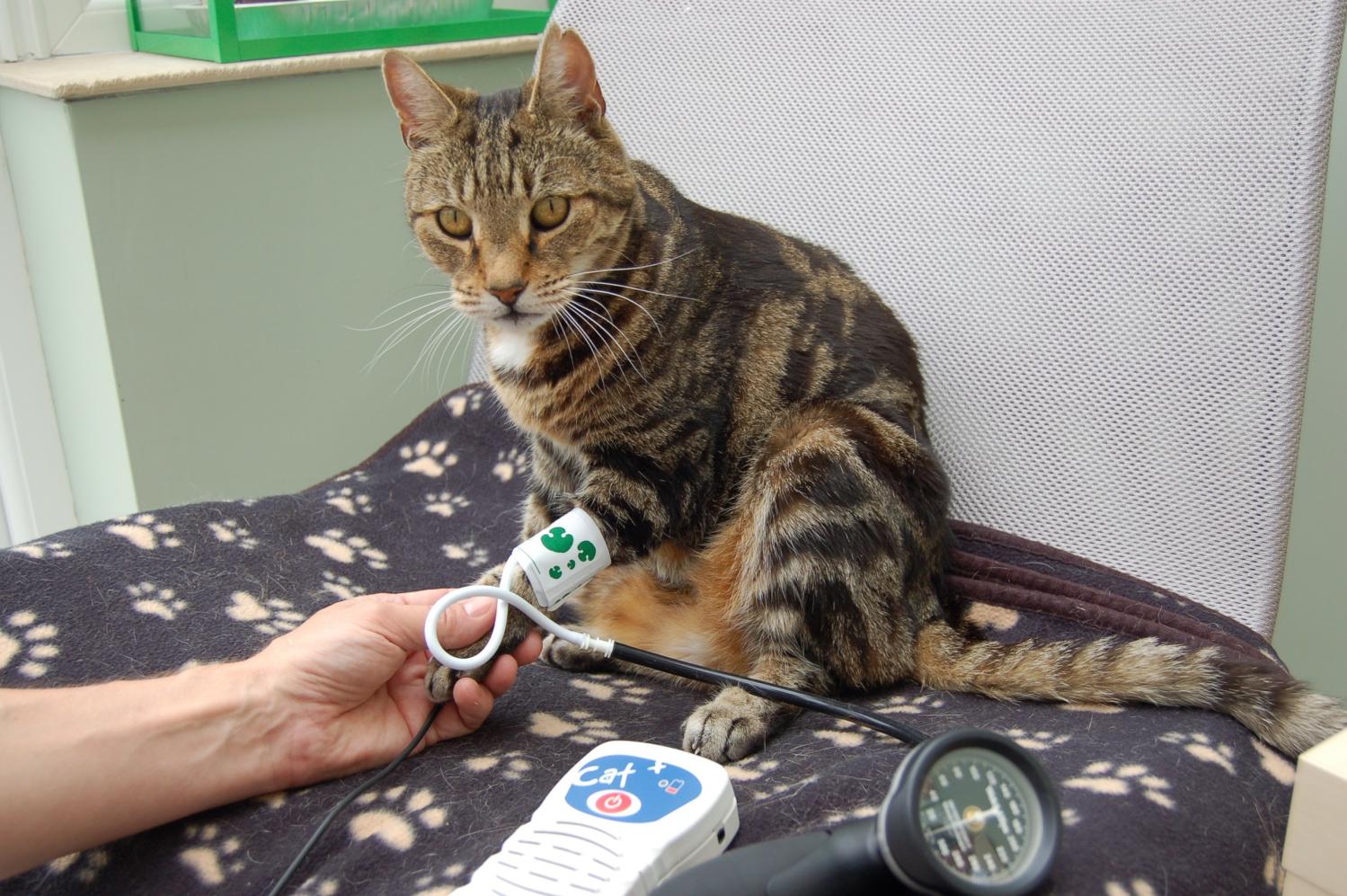Introduction:
High blood pressure, or hypertension, is a condition that can affect cats, leading to potential health complications. In this comprehensive article, we will delve into the causes, symptoms, diagnosis, and management of high blood pressure in cats. Understanding this condition is crucial for veterinarians and cat owners to provide appropriate care and improve the overall well-being of their feline companions.
High Blood Pressure in Cats: An Overview of the Condition:
High blood pressure occurs when there is increased pressure against the walls of the blood vessels. In cats, hypertension can be primary (idiopathic) or secondary to an underlying medical condition such as kidney disease, hyperthyroidism, or heart disease. If left untreated, high blood pressure can lead to organ damage, including damage to the kidneys, eyes, heart, and brain.
Recognizing the Symptoms:
Cats with high blood pressure may exhibit various symptoms, although they may not always be obvious. Common signs include dilated pupils, sudden blindness or changes in vision, disorientation, seizures, blood in the urine, increased thirst and urination, and changes in behavior or activity levels. Regular veterinary check-ups are essential for early detection and monitoring of blood pressure in cats.
Diagnosing High Blood Pressure:
Diagnosing high blood pressure in cats requires a thorough veterinary examination and diagnostic tests. The veterinarian may measure the cat’s blood pressure using a Doppler or oscillometric device. Multiple readings may be necessary to confirm the diagnosis, as cats can experience stress-induced hypertension during vet visits. Additional tests, such as bloodwork and urinalysis, may be performed to identify any underlying medical conditions contributing to hypertension.
Recommended:
- Petco Review: The Power of Together
- PetSmart Review: Where Pets Inspire Us
- Hill’s Pet Nutrition Review: Pioneering Pet Health and Nutrition
- Royal Canine Review: Tailored Nutrition for Every Pet
- Chewy Review: Pet Care at Your Doorstep
Treatment and Management Strategies:
The treatment and management of high blood pressure in cats aim to reduce blood pressure levels and prevent associated complications. Here are some key strategies:
- Medications:
Antihypertensive medications may be prescribed to lower blood pressure in cats. Commonly used medications include amlodipine, benazepril, and telmisartan. The dosage and frequency of medication will be determined by the veterinarian based on the cat’s individual needs and response to treatment.
- Dietary Modifications:
A balanced and appropriate diet can play a role in managing hypertension in cats. Reducing sodium intake and providing a diet rich in omega-3 fatty acids, antioxidants, and other beneficial nutrients can support cardiovascular health. Consultation with a veterinarian is important to determine the most suitable diet for a hypertensive cat.
- Weight Management:
Maintaining a healthy weight is crucial for managing high blood pressure in cats. Overweight or obese cats are at a higher risk of developing hypertension. A veterinarian can provide guidance on proper nutrition and exercise to help cats achieve and maintain a healthy weight.
- Regular Monitoring:
Regular blood pressure monitoring is essential for cats with hypertension. This allows veterinarians to assess the effectiveness of treatment and make any necessary adjustments. Monitoring other organ functions, such as kidney and heart health, through bloodwork and other diagnostic tests is also important to detect and manage potential complications.
Conclusion:
High blood pressure in cats is a significant health concern that requires attention and management. By understanding the causes, recognizing the symptoms, and implementing appropriate treatment and management strategies, veterinarians and cat owners can help control hypertension and prevent associated complications. Regular veterinary check-ups, medication administration, dietary modifications, weight management, and ongoing monitoring are key to ensuring the well-being of cats with high blood pressure.
References:
- Brown, S. A. (2013). Feline hypertension: clinical considerations. Clinical Techniques in Small Animal Practice, 18(2), 80-85.
- Elliott, J., & Barber, P. J. (2015). Feline hypertension: clinical findings and responses to antihypertensive treatment in 30 cases. Journal of Small Animal Practice, 56(1), 21-29.
- Henik, R. A., & Snyder, P. W. (2016). Feline systemic hypertension: Diagnosis and management. Journal of Feline Medicine and Surgery, 18(1), 24-32.
- Sykes, J. E. (2017). Feline hypertension: clinical relevance, diagnosis and management. Journal of Feline Medicine and Surgery Open Reports, 3(2), 2055116917713507.


